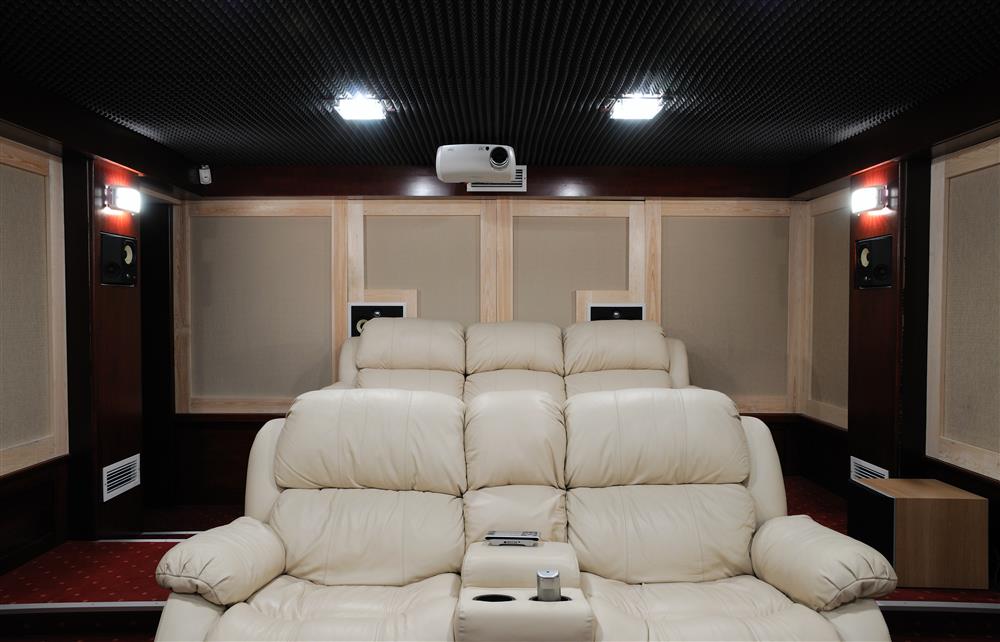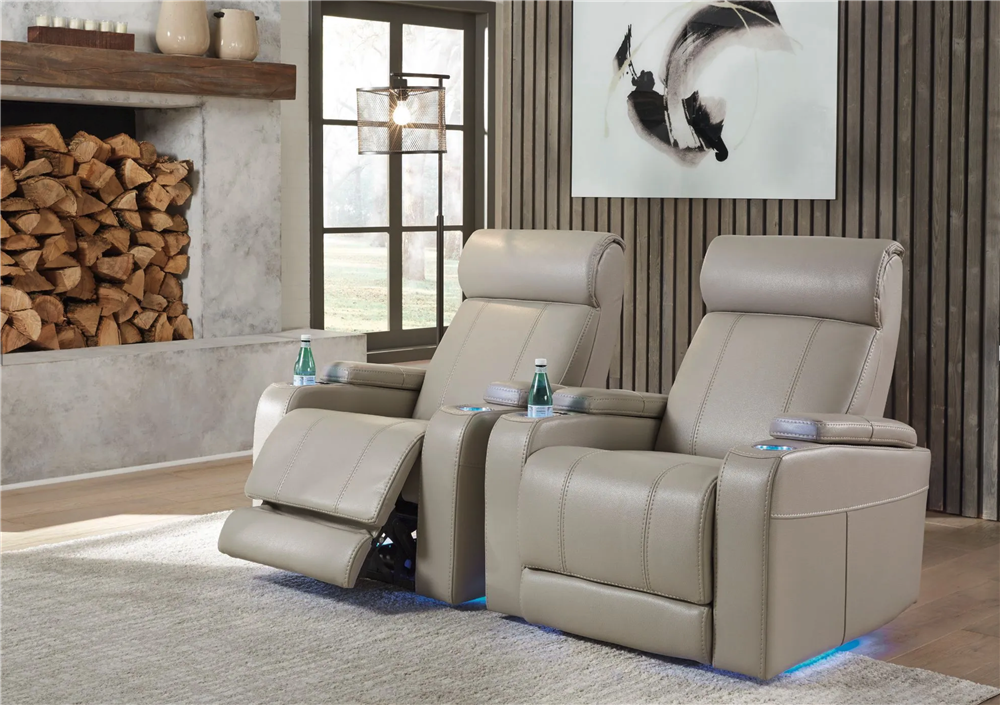
Published: January 24, 2022
Going to a movie theater and seeing the newest film on the big screen? Fantastic. Watching the biggest game of the season live and in-person? Amazing. Leaving the comfort of your living room and having to pay for a seat? Not so great. Even though the in-person experience is great for certain events, there are many occasions where your couch is simply the best place to be. Fortunately, there is a way for you to have the best of both worlds: a home theater! You can have that up-close big screen energy, a front-row seat to see the biggest play of the game, and any snack you could possibly want, without having to leave your house or drain your wallet. A home theater sounds like a great idea, but how do you even start making one? We’ve broken down the theater-building process into six easy steps, so you can have the best viewing experience for every game, every movie, and every TV show. Read on to build your perfect home theater!
1. Find a Room
2. Soundproof
3. Find the Right Lighting
4. Screen vs. Projector
5. Furnish
6. Decorate
The first step is to find the perfect room for your home theater. Ideally, it should be isolated from the rest of the house, so you don’t disturb anyone with the extra noise (or get disturbed by the rest of the house). A den or spare bedroom works well for size and location. There won’t be many things happening in this room except for watching movies, sports games, TV shows, or playing video games, so it doesn’t need to be a huge room. Once you have a room picked out, you’re ready for the next step!
Even if you do have a room that’s away from the rest of the house, the sound will always find a way to break through. Whether it’s the theater leaking race car engine revs into the nearby bedroom, or the kitchen dishwasher disturbing the cheesy rom-com kiss, the extra sound is not fun for anyone. The 3 main tips for isolating the theater sound and preventing the outside sounds include:
1. Extra Layers: You can add a second layer of drywall or add special wallboard that reduces sound. For the floor, you can add carpet and extra rugs.
2. Thick Doors: If the door into the theater isn’t very thick, opt for a thick, solid one to help keep sound out.
3. Cover the Windows: If there are windows in your theater, use blackout curtains to prevent both light and sound from entering. For extra prevention, you can use boards that fit into the window frame.

The lights will most likely be off when the big screen is on, but there does need to be light in the theater for post-movie discussions and indoor tailgate prep. The light in the theater should NOT be natural (such as from windows & doors), so windows should be covered as much as possible and the ceiling should have decent lighting. From a technical standpoint, basic electrical wiring is all you’ll need. A special feature to add to the theater experience is dimmer switches with dimmable bulbs, so you can have full control of the lighting beams.
This question has been discussed among home theater enthusiasts for years. Honestly, there is no right answer; it all depends on your watching preferences. Here are a few tips to help you choose between a screen or a projector:
1. If you have a short room… If there’s not a lot of space between the seating and the screen, then a smaller size is your best bet. TV screens are smaller overall, so a TV screen is the pick for you! This also goes for rooms with low ceilings that don’t have adequate space for a ceiling projector.
2. If you’re a movie snob… If the home theater is your new big-screen space, then you want maximum screen size. The movie theater feel is best showcased with a projector instead of a TV screen. This also goes for larger rooms.
3. If you’re a major sports fan… If you want that high-quality resolution to catch each play, then a TV screen is the way to go. Projectors are larger and may not show game footage as well as a TV screen. This also goes for folks who prefer Blu-ray and High Definition.
You can’t have a premier theater without premier seating! The goal of the home theater is to use it for a few hours at a time, so the furniture should be as comfortable as possible. Not to mention, the features should be top-notch to give you the best watching experience. For seating, you have your choice of sofas, loveseats, chairs, and recliners (sectionals are not the best pick for home theaters if you are planning to have multiple rows of seating). Power reclining seating will allow viewers to be in the most comfortable position while watching, and many power seats have extra features like cupholders, drop-down tables, snack storage, and outlets for charging phones! Matching the furniture is great for style, but not crucial for your home theater (it’ll be dark most of the time anyway :D). Depending on the size of the room, layering your seating to create rows will add to the theater experience! Surround sound falls into the furnishing step since you have to decide where the sound sources go in your room. Most surround sound systems will explain the best locations for speakers and other equipment, but you ultimately get to decide where the sound comes from.

The last step is decorating – yay! First are the walls. If you’re a movie fanatic, then vintage movie posters, cast lists, or script pages are great. For the sports fans, team banners and memorabilia are perfect. If your household is split, one wall can be for movies and one wall can be for sports (or if your household is split between rival sports teams, the walls can be split that way). Adding a snack bar or popcorn machine can be the final touch to your home theater. Remember, this is your home theater, so you can make it look as much like a stadium or movie theater as you want.
Having a room in your home to relax and unwind is crucial to a healthy home life. With the increase of working from home and the decline of going out, the need for home fun has never been more important. With these six simple steps, building your perfect home theater is easier than ever!